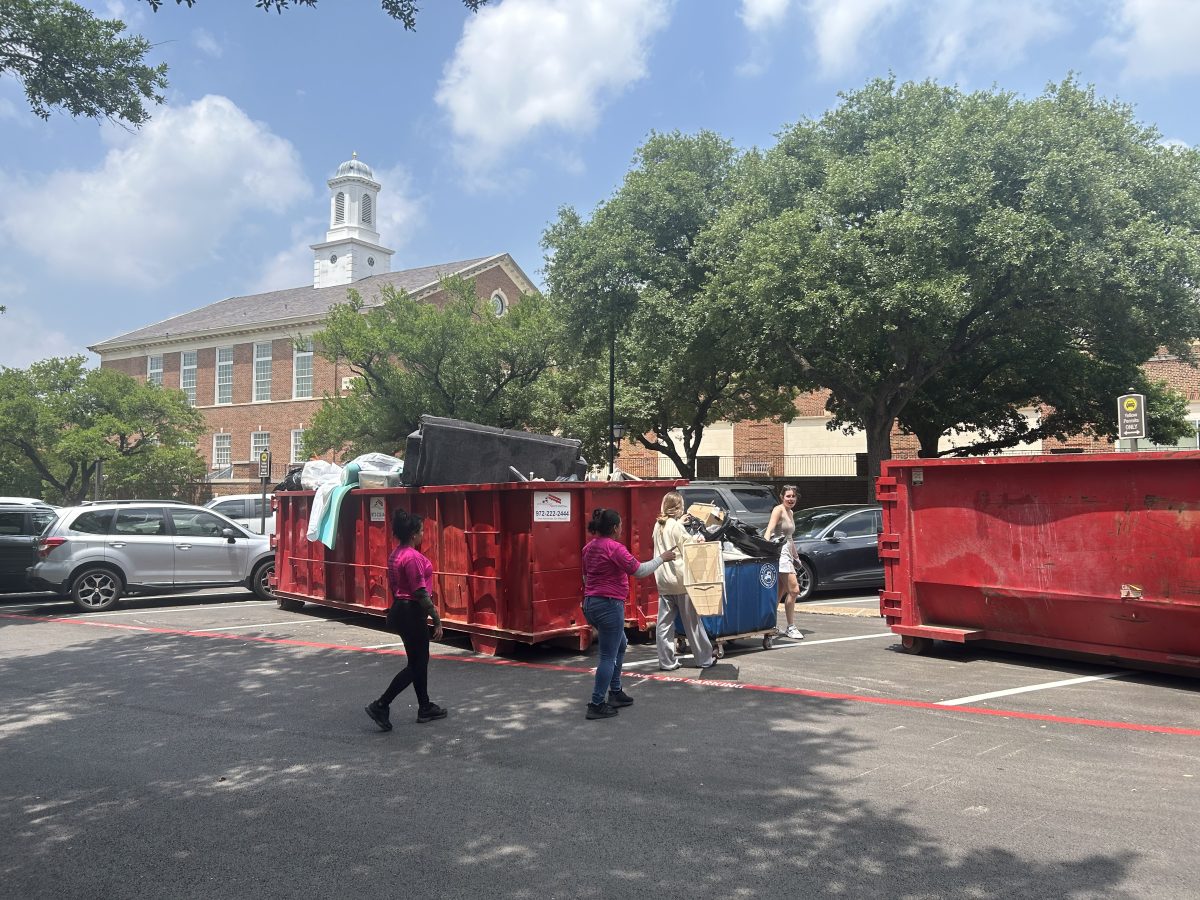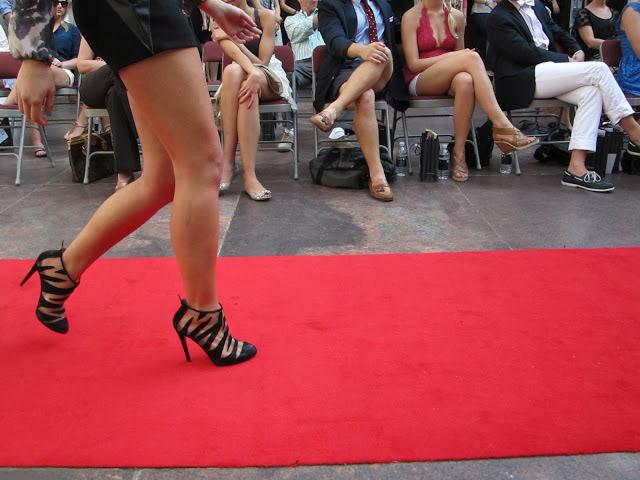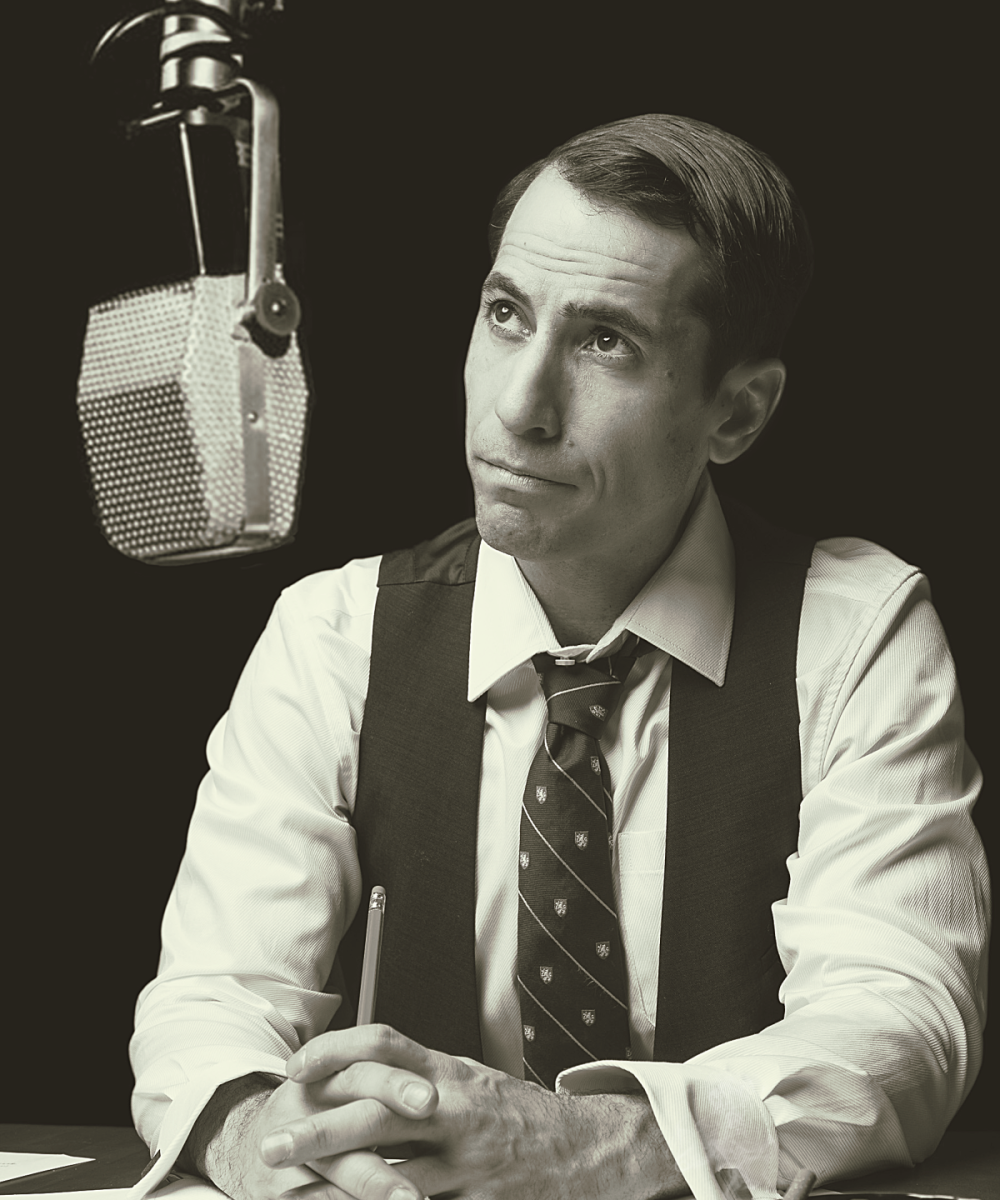
Andrew Veenstra as Albert Narracott riding Joey, the main equine character, in the national our of ‘War Horse’ at the AT&T Performing Arts Center. (Courtesy of the AT&T PAC)
There’s plenty of visual pleasantries to keep the eye entertained on the national tour of War Horse. However, despite it’s on-stage appearance, the show is severely lacking in what matters most - a compelling storyline.
Adapted for the stage from the popular children’s book penned by Micheal Morpurgo, War Horse follows a boy and his horse as they are torn apart by the forces of World War I.
Steven Spielberg took the story’s reins last winter in a cinematic adaption that earned the director and elusive Best Picture nod.
Needless to say, War Horse is one of the most recognizable pieces of running theater today.
One would think that with a story so steeped in emotion and heartache that the on-stage adaptation would overflow with emotional abundance. But, frankly, War Horse falls victim to trying to tell too many stories at once and ultimately dilutes the play in the process.
Playing the male lead in War Horse is Andrew Veenstra as Albert Narracott. Narracott receives Joey after his drunken, proud father overpays for the mixed breed during an auction against his richer brother.
Joey isn’t what one would call an easy horse to deal with.
With his ever-moving ears and flapping tail, Joey’s personality is portrayed through the puppets precise movements.
Narracott tries everything in his power to break Joey in. The stakes in Joey’s training are raised when Narracott’s father drunkenly bets that the horse can plow despite its smaller stature.
Throughout the first act, War Horse tends to prolong scenes with elaborately choreographed sequences of Joey that are used to showcased the astounding horse creation by the Handspring Puppet Company.
Yes, the puppetry work is amazing and practically redefines the limits of the stage, however these prolonged sequences drastically take away from the show’s already-suffering pace.
Joey and Narracott succeed in the plowing challenge and win back the money that Joey cost in the first place only to be met with the ominous church bells that signal war has begun.
Once the virus that is war takes over War Horse, the play adopts a strikingly different mood.
The concept of war and its overall presence with mankind has long been a topic tackled on the stage.
In War Horse, war takes over the stage with its blunt, bullet-filled battles and untold casualties.
Joey finds himself across enemy lines as he was sold to the army to be an officer’s horse.
Narracott, on the other hand, runs away from home and into the battlefield in hopes of being reunited with Joey.
The remainder of War Horse follows the fallacies of war and the two main characters as they try to reunite witih one another.
Most of the show’s second act takes place on the battlefield. As a results, parts of the second art are unfortunately cut short due the sudden blast of a bomb or rainfall of gun fire. This proves to be a jarring experience for the audience that ultimately adds up as lazy storytelling.
Due to this fact, the transition between scenes is sloppily staged and severely staccatoed.
Despite its story’s shortcomings, War Horse is still worth seeing thanks to the remarkable puppetry. However, be prepared, at almost two and a half hours of production, the show can easily eat up your night.













